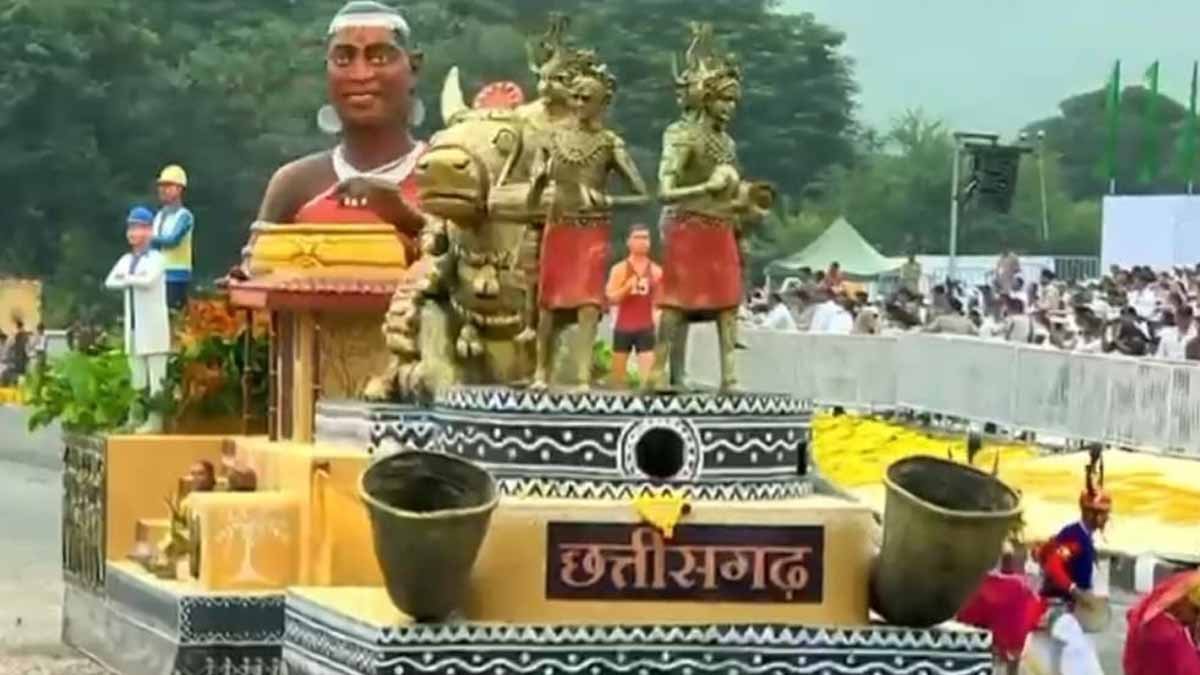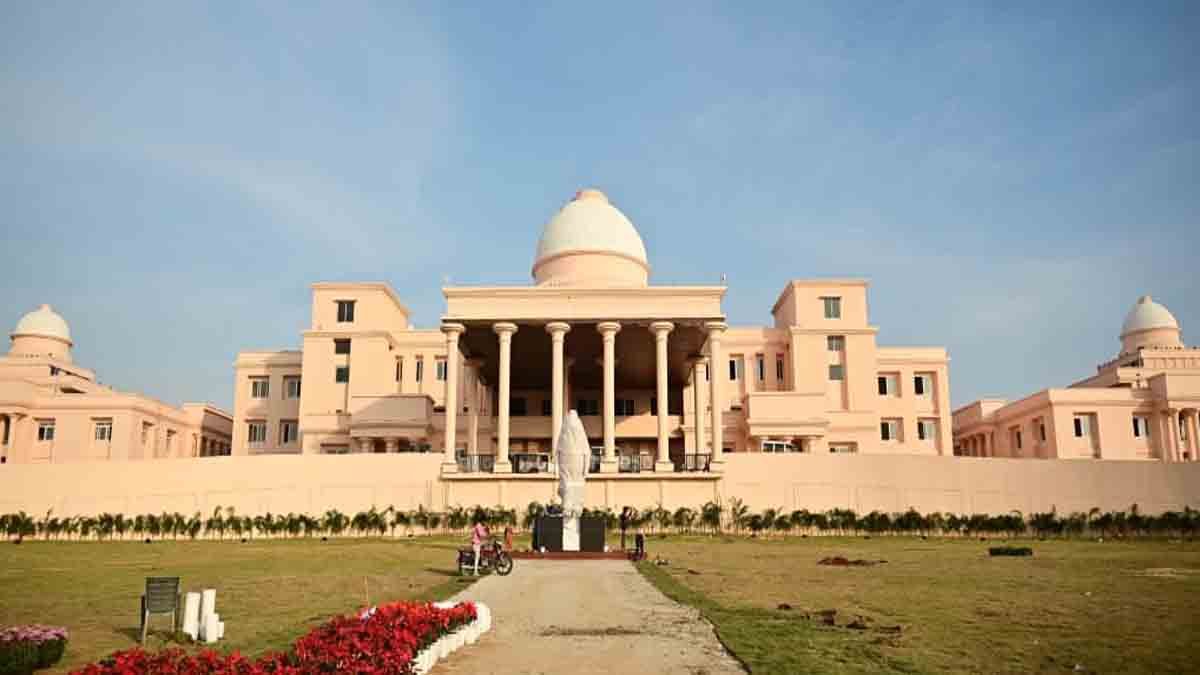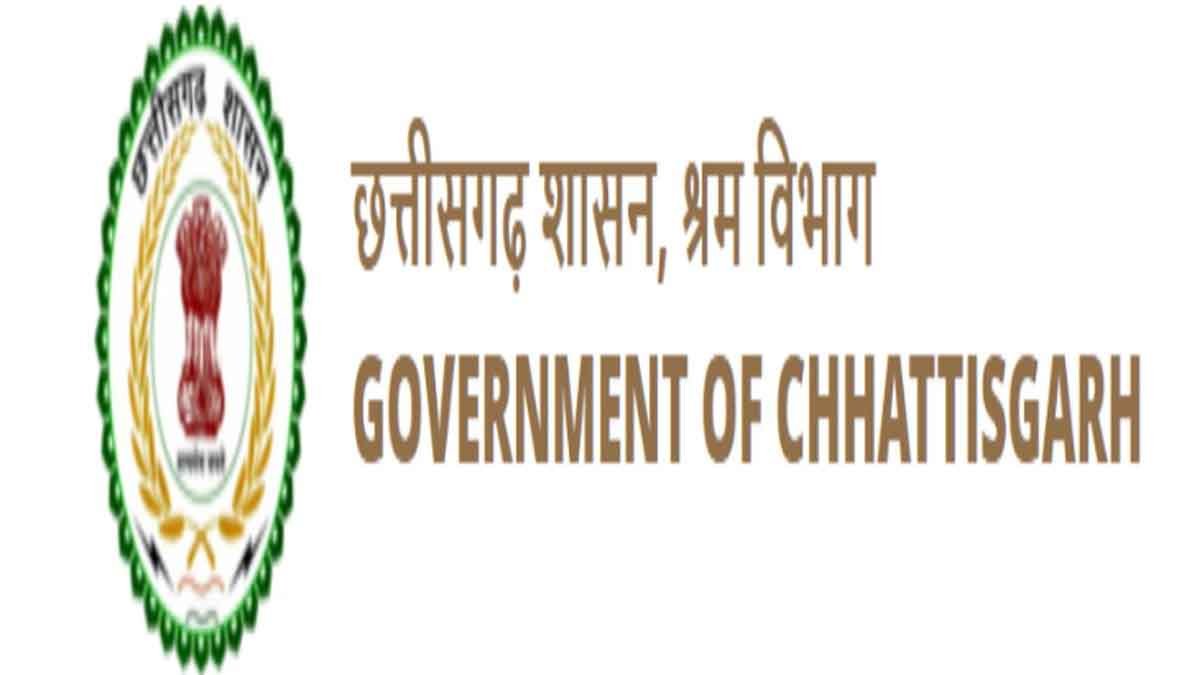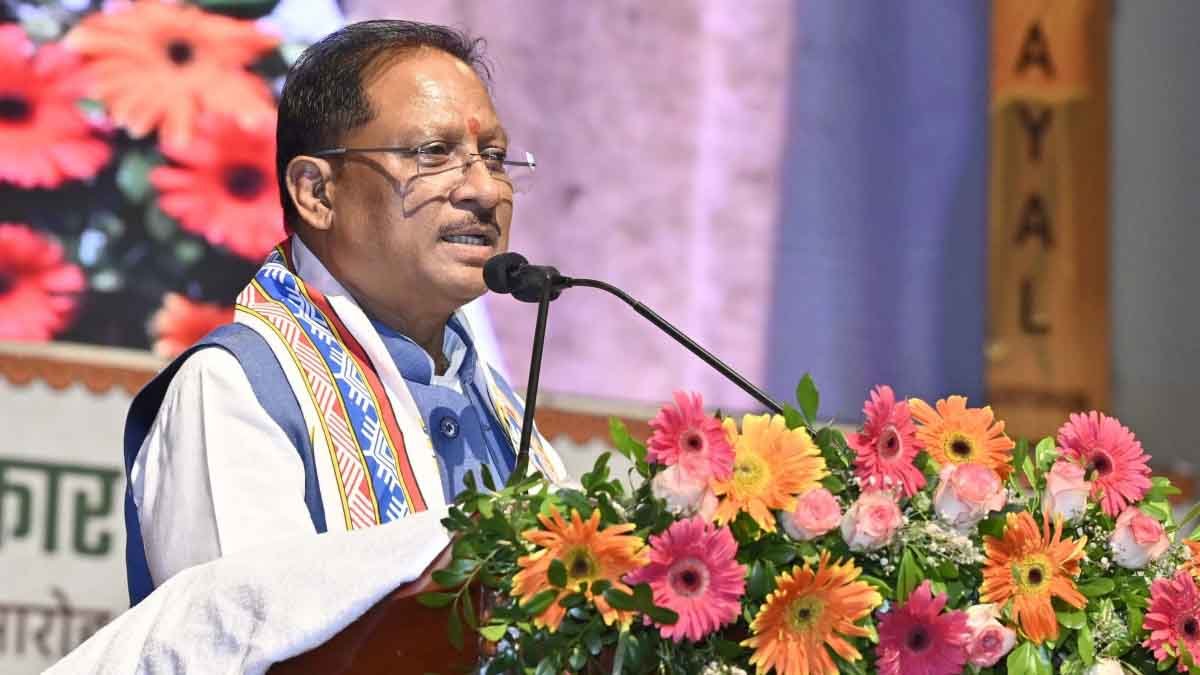Raipur. Chhattisgarh’s captivating tableau titled “Bastar’s Land – The Saga of Culture, Creation, and Progress” became the center of attention at the Ekta Parade held in Ekta Nagar, Gujarat, commemorating the 150th birth anniversary of Sardar Vallabhbhai Patel.
The tableau stood out as a vibrant portrayal of Bastar’s tribal culture, artistic heritage, and developmental transformation, symbolizing the spirit of a New India rising from its roots.
Prime Minister Modi Praises the Cultural Display
During the event, Prime Minister Narendra Modi inspected all participating tableaux and applauded the rich cultural diversity of the nation. The Chhattisgarh tableau, presented in his presence, impressed everyone with its artistic beauty, symbolism, and deep message of transformation.
Gaur Dance Brings Bastar’s Spirit to Life
At the forefront of the tableau, artists from the Madia tribe performed the traditional Gaur dance, wearing colorful tribal attire that represented the unity and pride of Bastar.
The traditional trumpet, carried by the dancers, echoed the joyous rhythm of Bastar’s festivals, while the depiction of Nandi symbolized the deep faith and devotion to Lord Shiva prevalent in the region.
Also Read-Ayushman Vaya Vandana Card: Senior Citizens Above 70 to Get Free Health Cover Up to ₹5 Lakh
Depicting Bastar’s Journey from Conflict to Growth
The central section of the tableau artistically showcased Bastar’s transformation from a once Naxal-affected area to a region now known for education, healthcare, roads, and employment.
Under the leadership of Prime Minister Narendra Modi and the guidance of Chhattisgarh Chief Minister Vishnudev Sai, Bastar has evolved into a symbol of peace, progress, and prosperity.
The message was clear—the sound of development now replaces the echo of conflict.
Women Power and Dhokra Art Highlight Bastar’s Creativity
In the final portion, the statue of a woman carrying a basket stood as a tribute to Bastar’s women power, labor, and creativity. The tableau’s intricate Dhokra art decorations beautifully represented the craftsmanship and cultural richness of the Bastar artisans, famous across India for their metal art.
A Story of Transformation and Hope
The tableau not only celebrated Bastar’s art and culture, but also narrated the story of hope, resilience, and progress.
Once considered remote and underdeveloped, Bastar is now witnessing rapid changes — modern roads connect once-isolated villages, schools echo with children’s laughter, and electricity and internet access are bringing new opportunities to every household.
The youth are motivated, women are becoming self-reliant, and handicraft and forest produce industries are fueling local economies. Bastar today stands as a living example of inclusive development and empowerment.
Symbol of a New Bastar
This tableau reaffirmed that Bastar is no longer just a land of rich tribal traditions, but also a region of fast-paced modernization. From education to employment, healthcare to infrastructure, Bastar represents a new era of confidence and growth.
National Recognition and Selection Process
The tableau was selected by a high-level committee headed by the Union Home Secretary along with cultural experts who evaluated entries from across India. Each state showcased its theme, model, and idea, and Chhattisgarh’s tableau stood out for its original concept, cultural depth, and vibrant portrayal of development.
The final list of selected tableaux included NSG, NDRF, Andaman & Nicobar Islands, Gujarat, Jammu & Kashmir, Maharashtra, Manipur, Puducherry, Uttarakhand, and Chhattisgarh.
Chhattisgarh’s tableau at the Ekta Parade was a celebration of Bastar’s cultural soul and developmental spirit. It beautifully conveyed that modern progress and ancient tradition can coexist, creating a New Bastar—where the sound of progress replaces the silence of isolation and hope replaces fear.
Also Read- Steaming vs. Boiling Vegetables: The Healthier Way to Preserve Nutrients and Flavor







